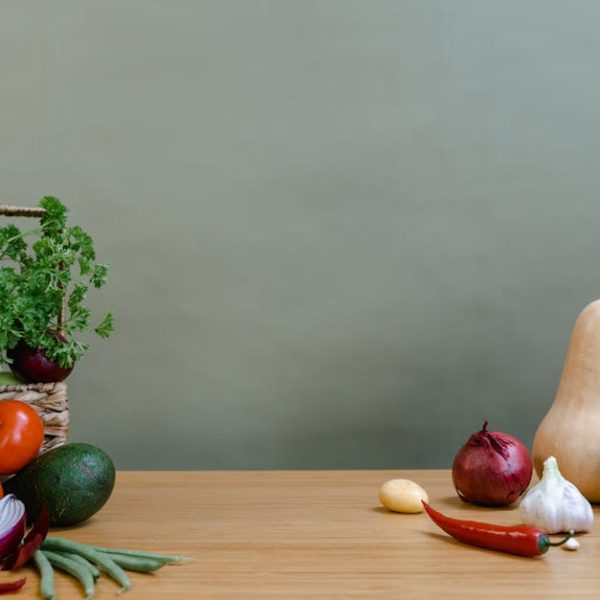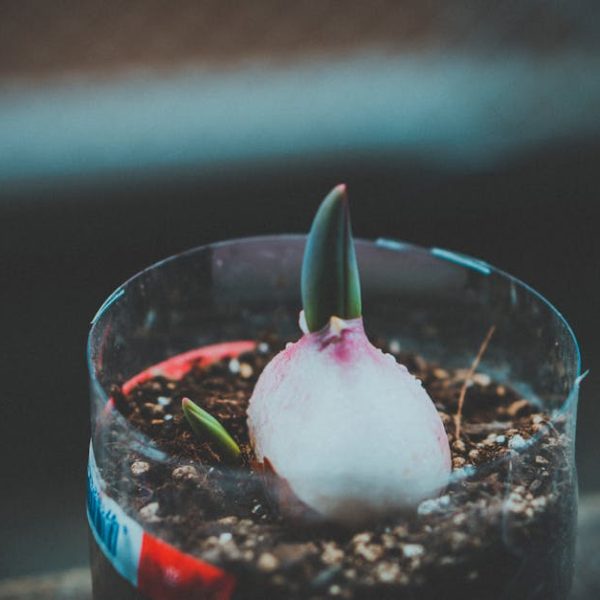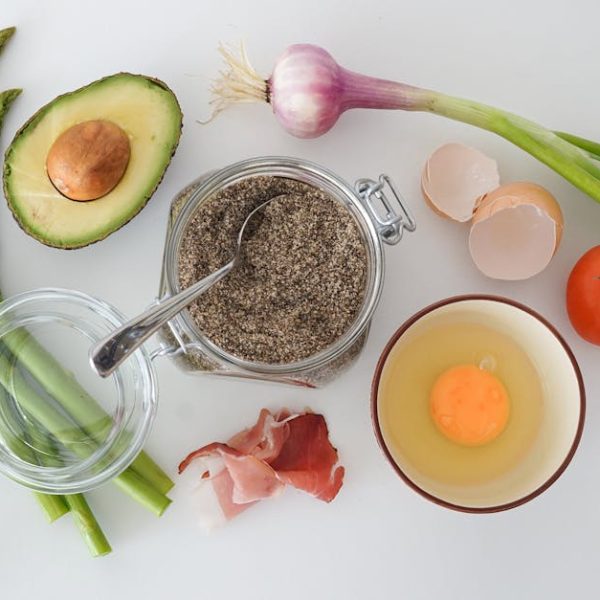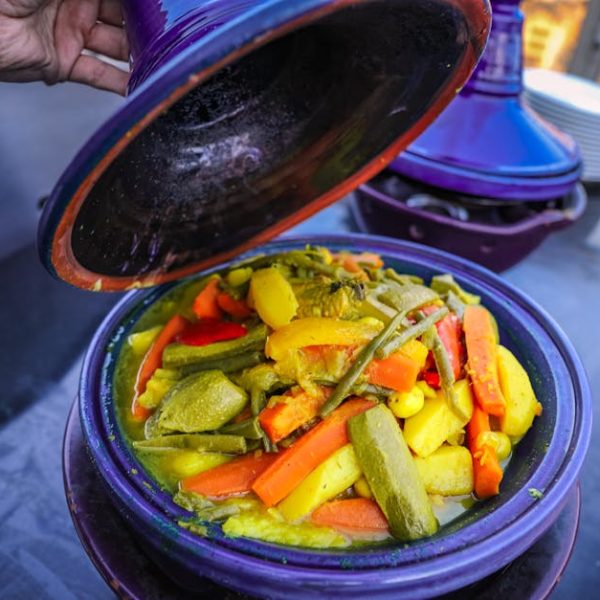When it comes to distinguishing between yams and sweet potatoes, you’re not alone if you’ve been left scratching your head. Despite popular confusion, these two tubers (underground plant stems) are distinctly different, packing in varied flavors, characteristics, nutritional values, and uses. This article will help you unravel the mystery and delve into the differences between yams and sweet potatoes.
The Origins of Yams and Sweet Potatoes
Although yams and sweet potatoes have found their place in diverse cuisines worldwide, they originate from different geographical locations. The yam traces its origins to Africa and Asia, with over 600 varieties known to date. Today, they are extensively grown and used in culinary preparations in Africa, the Caribbean, and Latin America, making them an indispensable part of many traditional and cultural cuisines.
In contrast, sweet potatoes hail from Central and South America. The vast diversity in sweet potatoes stems from the hundreds of species that exist, ranging in colors from white and yellow to purple. Sweet potatoes have gained popularity in North America, making their way into traditional holiday menus and desserts.
Anatomical Differences Between Yams and Sweet Potatoes
At first glance, it’s easy to confuse a yam for a sweet potato or vice versa. However, a closer look reveals significant differences:
- Appearance: Yams are typically longer and cylindrical, with rough, bark-like skin, similar to a tree. On the other hand, sweet potatoes are much shorter, with a more rounded, tubular shape and smooth skin that varies in color.
- Texture: Cutting into each tuber reveals another set of distinct features. Yams have dry, starchy flesh, which tends to be white or yellow. Sweet potatoes, on the other hand, have a dense, creamy texture with orange, white, or purple flesh, depending on the variety.
Concerning taste, yams are less sweet and have a more starchy, potato-like flavor, while sweet potatoes are naturally sweet and have a softer, more moist texture when cooked.
Nutritional Content and Health Benefits of Yams Versus Sweet Potatoes
Both yams and sweet potatoes boast an impressive nutritional profile, but they differ in concentration levels:
- Vitamins & Minerals: Sweet potatoes are an excellent source of Vitamin A in the form of beta carotene, providing over 100% of the daily recommended intake (DRI) in a medium-sized sweet potato. Conversely, yams provide a significant amount of potassium and fiber.
- Health Benefits: The health benefits of these tubers also differ according to their nutrient profile. Sweet potatoes’ high beta-carotene levels make them excellent for eye health and boosting immunity, while yams, with their potassium content, aid in managing blood pressure.
Adding these nutritious vegetables to your diet can bring numerous health benefits. Consider diversifying your consumption of these root vegetables to capitalize on the rich, diverse nutrients they offer. Keep in mind that the method of cooking can affect nutrient levels; for instance, boiling sweet potatoes can reduce their Vitamin C content.
Stay tuned for a deeper discussion on culinary differences and common misconceptions between yams and sweet potatoes.
Culinary Uses of Yams and Sweet Potatoes
Taste, texture, and nutritional content influence the culinary uses of yams and sweet potatoes. Both tubers boast a vast variety of dishes they star in, showcasing their versatility.
- Yams: Because of their starchy nature, yams are commonly used in savory dishes. They’re often boiled or roasted and served as a side, and in certain regions, they’re made into starchy pastes and used as an essential ingredient in dishes like the Nigerian ‘pounded yam.’
- Sweet Potatoes: Naturally sweet and creamy, sweet potatoes are used in both savory and sweet dishes. They’re often baked or roasted, mashed, or even made into fries. Sweet potato pie, a traditional Southern dish, and sweet potato casserole are popular uses for this tuber in the United States.
Common Misconceptions About Yams and Sweet Potatoes
In America, it’s common to mistake certain types of sweet potatoes for yams, primarily owing to labeling practices. Here are some points to clear up this confusion:
- In the supermarket: Many sweet potatoes, especially the orange-fleshed ones, are often labeled as ‘yams.’ This is due to marketing reasons dating back several decades. In reality, most ‘yams’ in U.S. supermarkets are actually sweet potatoes.
- Skin and Flesh: There’s a belief that sweet potatoes with light skin and flesh are ‘yams,’ but that’s not the case. Real yams come with much rougher skin and its flesh color vary, commonly white, yellow, or pink.
To avoid confusion, always check the label when buying these tubers. Real yams are often found in international food markets and aren’t as widespread in conventional American supermarkets.
Conclusion: Best Practices and Checklists
With this newfound knowledge, you should now be fully equipped to distinguish between yams and sweet potatoes. As a recap:
- Look at the skin: Remember, yams have rough, bark-like skin, while sweet potatoes sport smoother skins.
- Assess the color of the flesh: Yams typically have whiter flesh, while sweet potatoes’ flesh are usually orange, white, or purple.
- Consider the taste: Yams are noticeably less sweet and more starchy, whereas sweet potatoes are rich in natural sugars.
Using these three tips should give you a solid basis for distinguishing between yams and sweet potatoes. Enjoy exploring and savoring these unique and nutritionally-rich tuber varieties!
Key Takeaway:
- Yams and sweet potatoes, despite confusing identities, are distinct tubers with different origins, physical appearances, nutritional contents, and culinary uses.
- Yams originate primarily from Africa and Asia, while sweet potatoes are native to Central and South America.
- Yams generally have a rougher, bark-like skin and white or yellow flesh, whereas sweet potatoes have smoother skin and can have orange, white, or purple flesh.
- Nutritional disparities also exist, with sweet potatoes high in Vitamin A and yams providing a significant amount of potassium and fiber.
- The culinary usage also varies; yams are often used in savory dishes due to their starchy nature while sweet potatoes’ natural sweetness sees them used in both savory and sweet dishes.
- Mislabeling often leads to confusion, especially in the US where some sweet potatoes are labeled as yams.
Knowing the differences between yams and sweet potatoes can enhance your culinary experiences, improve your nutritional intake, and provide a new appreciation for these robust veggies. Rest assured, with practice, you’ll soon become an expert at distinguishing between these two delightful tubers. Enjoy your discovery of these varied and nutritious root vegetables!
FAQs
Q: How can I best store my yams and sweet potatoes?
A: Keep your yams and sweet potatoes in a cool, dark, well-ventilated place, ideally between 55 to 60 degrees Fahrenheit. Avoid storing them in the refrigerator as cold temperatures can impact their flavor and texture.
Q: Are there any health precautions when consuming yams and sweet potatoes?
A: Both are generally safe to consume, but like any food, moderation is key. If you have specific health conditions that limit intake of potassium, you might want to consume yams sparingly. Moreover, ensure they are cooked properly to minimize any potential toxins.
Q: Can I substitute yams for sweet potatoes in recipes, and vice versa?
A: While they’re not the same, they can sometimes be substituted for each other in recipes — but expect differences in taste and texture. Keep these differences in mind when choosing to substitute one for the other.
Q: What’s the best cooking method to retain nutrients in yams and sweet potatoes?
A: To maximize their nutritional benefits, try to use cooking methods that don’t involve large quantities of oil or fat. Steaming or roasting is often a great way to keep the nutrients intact.
Q: I have a hard time finding real yams in my local grocery store, why is this?
A: In the US, it’s common for orange-fleshed sweet potatoes to be erroneously labeled as yams. True yams are more commonly found in international or specialty food markets.
Why not share this article with others interested in learning about yams and sweet potatoes? Discover more captivating food topics on our website.






